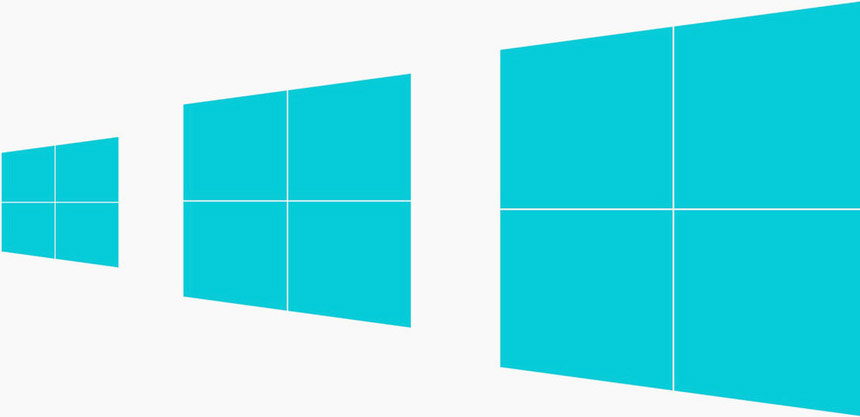
Windows Blue should arrive sometime in mid 2013 … and take Microsoft away from massive, world-changing OS upgrades every three or four years to something much more Apple-ish: evolutionary updates every single year. Reporter Mary Jo Foley posted today about the news.
[aditude-amp id="flyingcarpet" targeting='{"env":"staging","page_type":"article","post_id":581167,"post_type":"story","post_chan":"none","tags":null,"ai":false,"category":"none","all_categories":"business,enterprise,","session":"D"}']The new approach will inevitably include user interface updates and changes; every new release does. But it also means that whatever changes are present will be smaller and easier for users to adapt to — a problem Microsoft has encountered with Windows 8.
In addition, Microsoft will likely adopt Apple-style pricing: $20-30 per point release, rather than a big $100+ hit for each new system upgrade.
AI Weekly
The must-read newsletter for AI and Big Data industry written by Khari Johnson, Kyle Wiggers, and Seth Colaner.
Included with VentureBeat Insider and VentureBeat VIP memberships.
The point-release strategy has worked well for Apple, which is known for quick adoption curves of new operating systems … and which has not released a real clunker of an operating system since, perhaps, the very first version of Mac OS X.
Windows Blue will also focus on synchronizing the Windows Phone and Windows Desktop platforms, according to the Verge, which has already been partially achieved with Windows 8 and Windows Phone.
One persistent rumor I’m wondering whether we’ll see more of in Windows Blue: an ad-supported operating system. In other words: a free update if you consent to having ads on your computer. We’ve already seen some of that in Windows 8 apps — more of a trial balloon than a serious attempt.
But the rumors have been around since 2005 … so an ad-supported Windows may be the PC equivalent of an Apple flat-screen TV: always-rumored, never real.
VentureBeat's mission is to be a digital town square for technical decision-makers to gain knowledge about transformative enterprise technology and transact. Learn More